In early 2019, when the Vietnam golf course planning until 2020 expired, the Government issued Decree 52/2020 on golf course investment and business. Decree 52 is considered to "untie" investment in the golf sector with more flexible regulations. Golf course planning will be integrated by localities into the overall socio-economic development planning of the province and city. According to the Planning Law, there will no longer be a national golf course planning after 2020, and localities are licensed to invest in golf courses according to the needs and socio-economic development orientation of each province and city.
This is the reason why in the past 2 years, in the development plans of localities, there have been plans for the number of golf courses such as Quang Ninh, Bac Giang, Nghe An, Thanh Hoa, Hoa Binh... Up to now, there have been no exact statistics on the number of golf courses nationwide when the number of plans has flourished, as well as a series of new golf courses licensed by localities to build according to the proposals of investors.
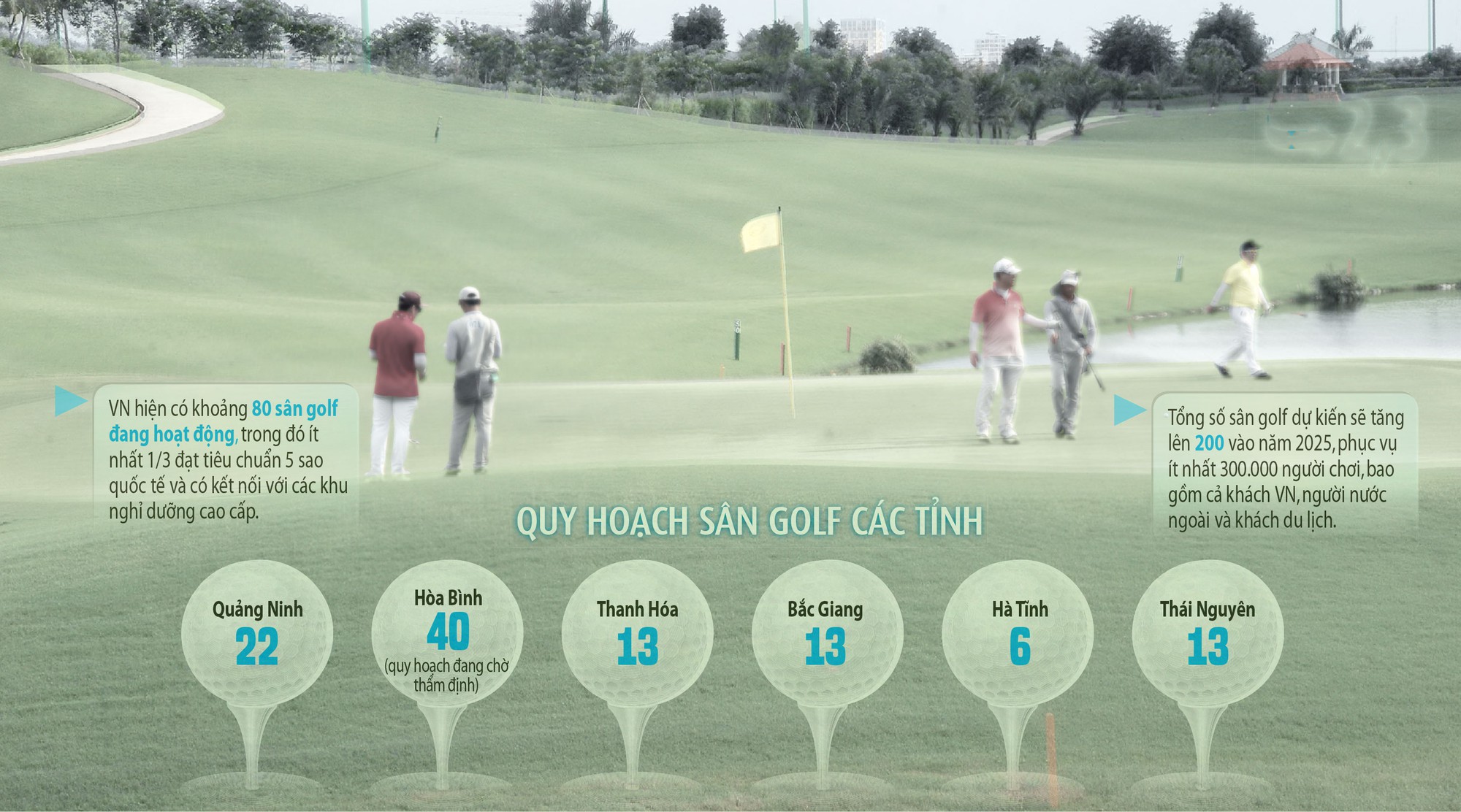
Tan Cu - Graphics: Ta Chi Hieu
"Hot" golf tourism race track
Identified as one of the products capable of reviving the smokeless industry after the shock of the epidemic, the race to promote golf tourism among localities is sparking a golf course boom from north to south.
At the workshop "Hai Phong - Golf tourism destination" held on the afternoon of August 9 at Dragon Golf Links (Dragon Hill international tourist area, Do Son district, Hai Phong), the leader of Hai Phong City People's Committee affirmed that golf tourism is one of the four new products that the tourism industry of the red phoenix flower city determined to form and develop in the coming period.
Ms. Tran Thi Hoang Mai, Director of the Hai Phong Department of Culture and Sports, assessed that one of the bright spots of Hai Phong sports is the development of the non-public sports sector with many types and rich methods of activities. In this non-public sports sector, golf is the sport that is built and developed according to the policy of good socialization. Currently, Hai Phong has 4 golf courses for training and competition. Every day, there are about 1,000 players; on weekends, the number of players increases to 1,500.
However, Hai Phong will face great competition when joining the golf tourism race. A series of other localities in the northern region have also determined to increase the number of golf courses in the next few years.
Architect Tran Huy Anh (Head of Inspection Board of Hanoi Architects Association)
Currently, Quang Ninh has 3 golf courses in operation, 2 golf courses under construction and 1 course is selecting investors. It is expected that from now until 2025, Quang Ninh will start construction on 5 more golf courses in the area, aiming to own 22 golf courses according to the Quang Ninh Provincial Planning for the period 2021 - 2030. Quang Ninh, with the advantage of being the "capital" of tourism in the North, is determined to show its intention to take over the position of the golf tourism center of the region.
However, as soon as Quang Ninh announced its planning, a "newbie" with only 2 golf courses in operation and 3 courses granted investment policies, suddenly declared that he wanted to become the "capital of golf tourism", that is Hoa Binh province. Prioritizing the construction of golf courses is one of the solutions identified by Hoa Binh to promote the tourism industry, as well as the driving force for socio-economic growth mentioned in the planning documents for the period 2021 - 2030, with a vision to 2050. The province has added 16 golf courses to the planning with a total area of 1,755 hectares. By 2050, Hoa Binh will have 17 more projects. Thus, if the above development plan is properly implemented, Hoa Binh can own nearly 40 golf courses.
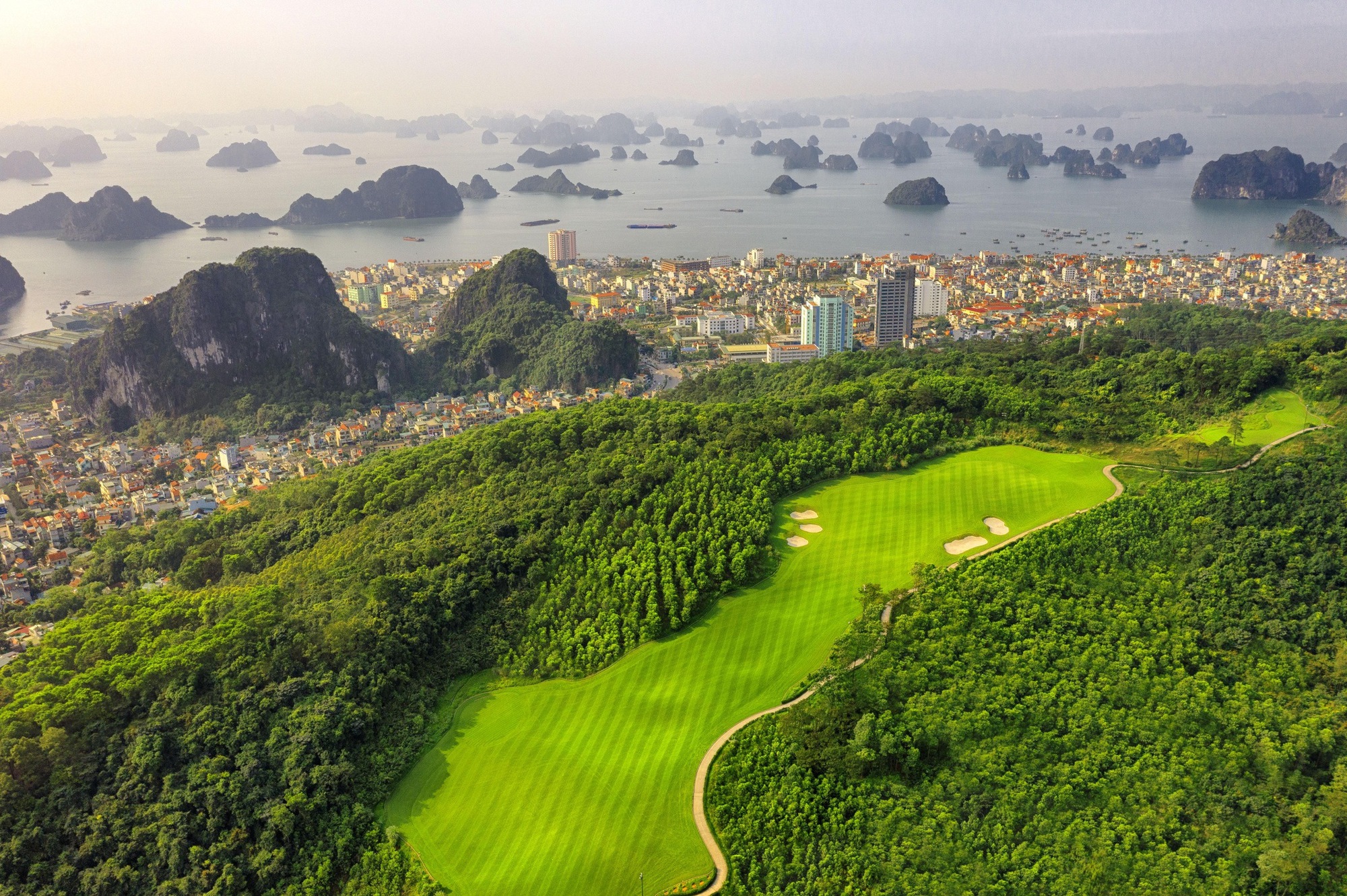
Local races to boost golf tourism are sparking a golf course boom from north to south.
Not to be outdone, the Central region has advantages in terrain, landscape, and weather to develop this type of high-end tourism, and is also making efforts to accelerate. Having just held the opening ceremony of the 2023 Da Nang Golf Tourism Festival (2nd time) on August 24, Da Nang City not only organized a playground for the world's top professional golfers to gather but also added activities in the APEC Park area, so that people and tourists can experience golf tourism. Da Nang hopes to bring Da Nang golf tourism to the international level, consolidating its position as a leading event and festival destination in Asia. Neighboring Quang Nam province also aims for golf tourism to be a breakthrough in developing tourism products in this province in the coming years.
In the approved development plan for the 2021 - 2030 period, Thanh Hoa province also aims to develop 13 golf courses associated with the development of high-end resorts and eco-tourism areas. Similarly, the approved plan of Ha Tinh province also has 6 golf course projects with hotel services; resort areas are in the list of projects calling for investment...
Although rarely mentioned on the golf tourism map in Vietnam, Ho Chi Minh City is not out of the race. In March, the Ho Chi Minh City Golf Tourism Festival was held for the first time at Tan Son Nhat Golf Course, after welcoming the first group of 20 international golfers (mostly businessmen) from Singapore in February. The leader of the Ho Chi Minh City Department of Tourism affirmed: As one of the bustling economic and cultural centers of the country with a system of modern, international-class golf courses, Ho Chi Minh City is fully capable of attracting visitors. Developing golf tourism not only helps diversify products, improve tourism competitiveness but also attracts high-spending, long-stay visitors to the city. Therefore, in the coming time, the city's tourism industry will closely coordinate with the Vietnam Golf Association to organize professional golf tournaments for domestic and international visitors in Ho Chi Minh City.
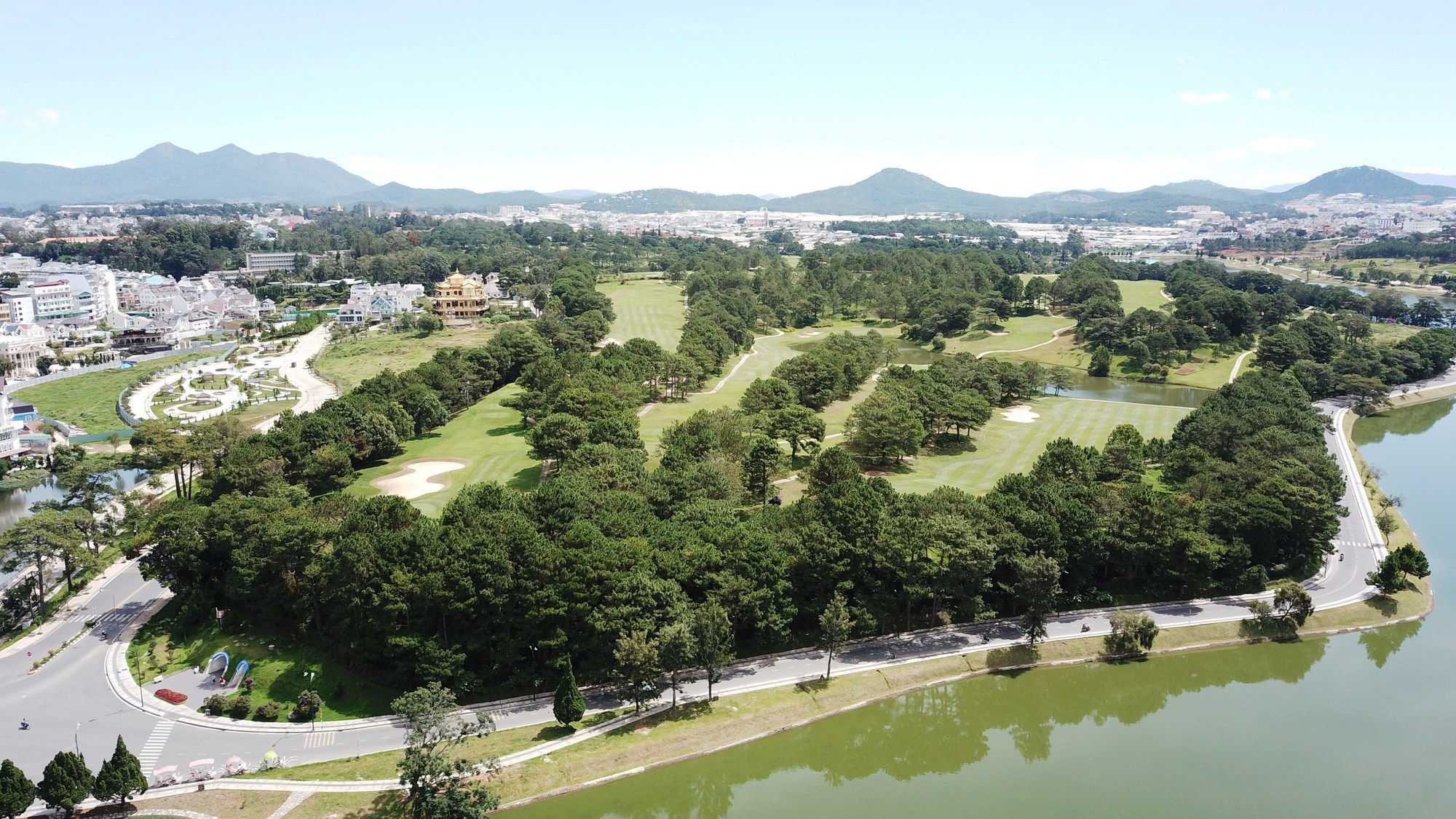
Cu Hill Golf Course, Da Lat
Attract rich and super rich customers
It is not until now that this luxury sport has been promoted by the tourism industry. Last year, Vietnam surpassed very "heavyweight" competitors in the region including Japan, China, Korea, Thailand, Indonesia and Malaysia to become "Asia's Best Golf Destination 2022" at the 9th World Golf Awards. Notably, this event marked the 6th consecutive year that we have been recognized as the best golf tourism destination on the continent, since 2017.
Focus only on developing pure golf
It is necessary to control the situation of real estate hiding behind or "following" golf course development planning. Regarding market demand, not many people want to own villas or real estate next to golf courses. Tourists who come to play golf also do not want to stay there but will have the need to explore and enjoy other experiences outside. Therefore, golf tourism should only focus on developing pure and classy golf types according to the needs of golfers, not according to the needs of real estate speculators. Avoid developing a real estate system that follows and then becomes "ghost" neighborhoods, "ghost" houses that create a bad image.
Dr. Luong Hoai Nam (member of Vietnam Tourism Advisory Board)
At the world level, Vietnam has also been honored as "The World's Best Golf Destination" twice in 2019 and 2021. After the pandemic, Vietnam has made efforts to reconnect the market, building many new tourism products to meet the diverse changing needs of tourists. One of the types of tourism that has been focused on development in recent years and the tourism industry wants tourists to experience in Vietnam is golf tourism.
Mr. Nguyen Trung Khanh, Director of the National Tourism Administration, assessed that the country's mountainous terrain, long coastline, and beautiful landscapes are advantages for Vietnam to develop modern, world-class golf courses. We currently have about 80 golf courses and the goal is to have about 200 golf courses by 2025 to serve golfers and tourists.
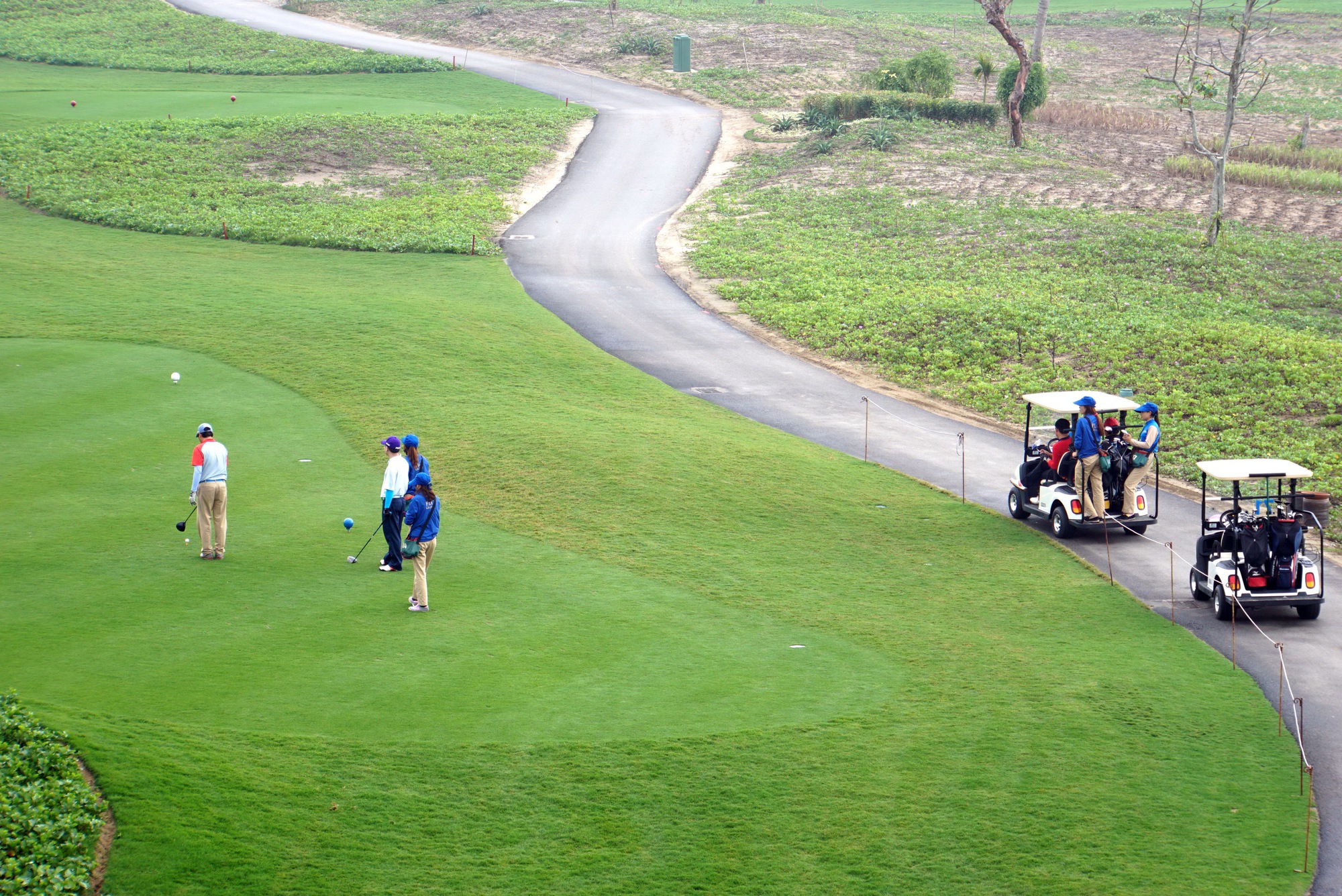
FLC Golf Course in Sam Son, Thanh Hoa
Affirming that the more golf courses Vietnam has, the more beneficial it is, Dr. Luong Hoai Nam, a member of the Vietnam Tourism Advisory Council, said that in reality, the land for golf courses is bare hills, sandy coastal areas, and vacant land that cannot be used for agriculture. No locality takes agricultural land or cuts down primary forests to build golf courses. Therefore, in terms of resources, building golf courses does not cause harm. Besides, the sport of golf has also been formed and developed all over the world, from Europe to America and Asia.
According to Dr. Nam, the principles of environmental treatment have been "memorized" and are not something too new or complicated. It is necessary to build new standards for handling environmental impacts. If strictly controlled, seriously and in accordance with regulations, environmental consequences are absolutely not a problem in the strategy of developing a golf course network. Vietnam is concerned that 100 - 200 golf courses is a lot, but in reality, Korea has nearly 500 golf courses, and in Japan, this number is up to thousands. These are all countries that are putting sustainable development goals first.
Many golf course projects change their intended use
According to the adjusted Vietnam Golf Course Plan (2014), by 2020, the country will have 96 golf courses, licensed for construction in 37 localities nationwide. However, in reality, the Ministry of Planning and Investment later assessed that only about half of these were built and put into operation, many golf course projects were "suspended" or had their intended use changed.
On the other hand, golf courses create many opportunities for tourism development. In the field of super-rich tourism, high-class tourism where Vietnam still has many gaps, golf tourism is one of the types that possesses all the necessary conditions to be able to develop. Weather conditions in Vietnam, especially in the North and Central regions, are ideal for developing golf tourism, targeting Northeast Asian markets - areas "stuck" in winter and unable to play golf. That is the reason why Japan, Korea, Taiwan... have many golf courses but the number of visitors from these markets coming to Vietnam to play golf is increasing.
This expert also believes that Vietnam is an ideal place because golf can be played all year round. Golf tourism is a type of tourism that brings in much higher revenue than other types of tourism. An international tourist coming to Vietnam to play golf spends 2-3 times more on tourism than regular tourists. On average, each golf tourist coming to Vietnam spends about 40 million VND/5 days, not including airfare. Tourists who spend over 60 million VND when traveling are also golf tourists.
Concerns about golf course transformation
Previously, many "suspended" golf course projects were pointed out by the Government Inspectorate for violations of construction delays and completion many years behind the licensed deadline. In March 2023, after the investigation process, the Ministry of Public Security initiated a case to investigate violations related to the Phan Thiet Coastal Urban Tourism Project (Binh Thuan) of Rang Dong Group.
The cause of the violation originated from the fact that in November 2013, Binh Thuan province transferred capital in the project and the new investor was Rang Dong Joint Stock Company with the goal of building and operating an international standard golf course and accompanying service works. However, Rang Dong Joint Stock Company later issued a document and was approved by the People's Committee of Binh Thuan province to convert the golf course land into urban residential land to "invest in the construction and operation of villas, garden houses, townhouses, high-rise buildings and auxiliary infrastructure works". The golf course land was decided by the People's Council of Binh Thuan province to be converted into urban land with an area of over 620,000 m2 located in a prime location in Phan Thiet city.
Tourists coming to Vietnam to play golf increased sharply

Tan Son Nhat Golf Course, Ho Chi Minh City
According to the Vietnam Tourism Association, in the first 4 months of 2023, of the 3.7 million international visitors to Vietnam, 30-40% were golfers. Before the pandemic (2019), South Korea had 5 million visitors to Vietnam, of which more than 1 million tourists came to play golf, contributing 2-3 billion USD to the country's tourism industry revenue. The golf industry is attracting about 50,000 Vietnamese people; 20,000 foreigners are living and working in Vietnam.
Vietnam currently has about 80 golf courses in operation, of which at least one-third meet international 5-star standards and are connected to high-end resorts. The total number of golf courses is expected to increase to 200 by 2025, capable of serving at least 300,000 players, including Vietnamese, foreigners and tourists.
Having opposed the proliferation of golf courses many years ago, architect Tran Huy Anh, Head of the Inspection Committee of the Hanoi Architects Association, still maintains his opinion. According to him, Vietnam's golf tourism potential is there, but it cannot be said in vain. There must be accurate data on how much tax golf courses contribute to the budget, how many jobs they create, and how they contribute to the socio-economic development of each locality.
Raising concerns about the quality of local planning, architect Tran Huy Anh also pointed out many shortcomings in the planning of Bac Giang province. According to him, although the province's planning is very dense, there is no map clearly showing low-lying areas, so it is very difficult to arrange public land for water surface or semi-flooded land to store water in the dry season, combined with the development of waterway transport, aquaculture, irrigation for agricultural and industrial production, daily life... However, on the contrary, the provincial planning describes in detail the projects to reclaim public land for private investment. In particular, there are 12 planned functional areas of golf courses and resorts, entertainment and recreation with an area of about 4,500 hectares, of which 13 golf courses with an area of 1,752 hectares are arranged.
"To invest in maintaining a golf course, a lot of water is spent on watering the grass, making the area increasingly dry. The chemicals used to kill insects and protect the grass are very toxic. But there has not been any report on the collection and treatment of water used to irrigate the grass, seep down or flow away," Mr. Anh said.
This expert also believes that the golf course business efficiency is low, many courses are sluggish, even real estate business is not profitable. The profit calculation lacks a basis from the beginning. In particular, with neighboring localities planning a large number of golf courses as well as setting goals for golf tourism development, it will lead to the problem of excess supply and demand.
According to Mr. Anh, golf courses in Korea, Japan, Thailand and Malaysia are competing fiercely to lower prices. If localities massively grant licenses to build golf courses without carefully calculating the benefits to the local economy and society, the immediate risk is a waste of land, while the economic efficiency is very low.
Source link


![[Photo] Military doctors in the epicenter of Myanmar](https://vstatic.vietnam.vn/vietnam/resource/IMAGE/2025/4/6/fccc76d89b12455c86e813ae7564a0af)
![[Photo] Vietnamese rescue team shares the loss with people in Myanmar earthquake area](https://vstatic.vietnam.vn/vietnam/resource/IMAGE/2025/4/6/ae4b9ffa12e14861b77db38293ba1c1d)
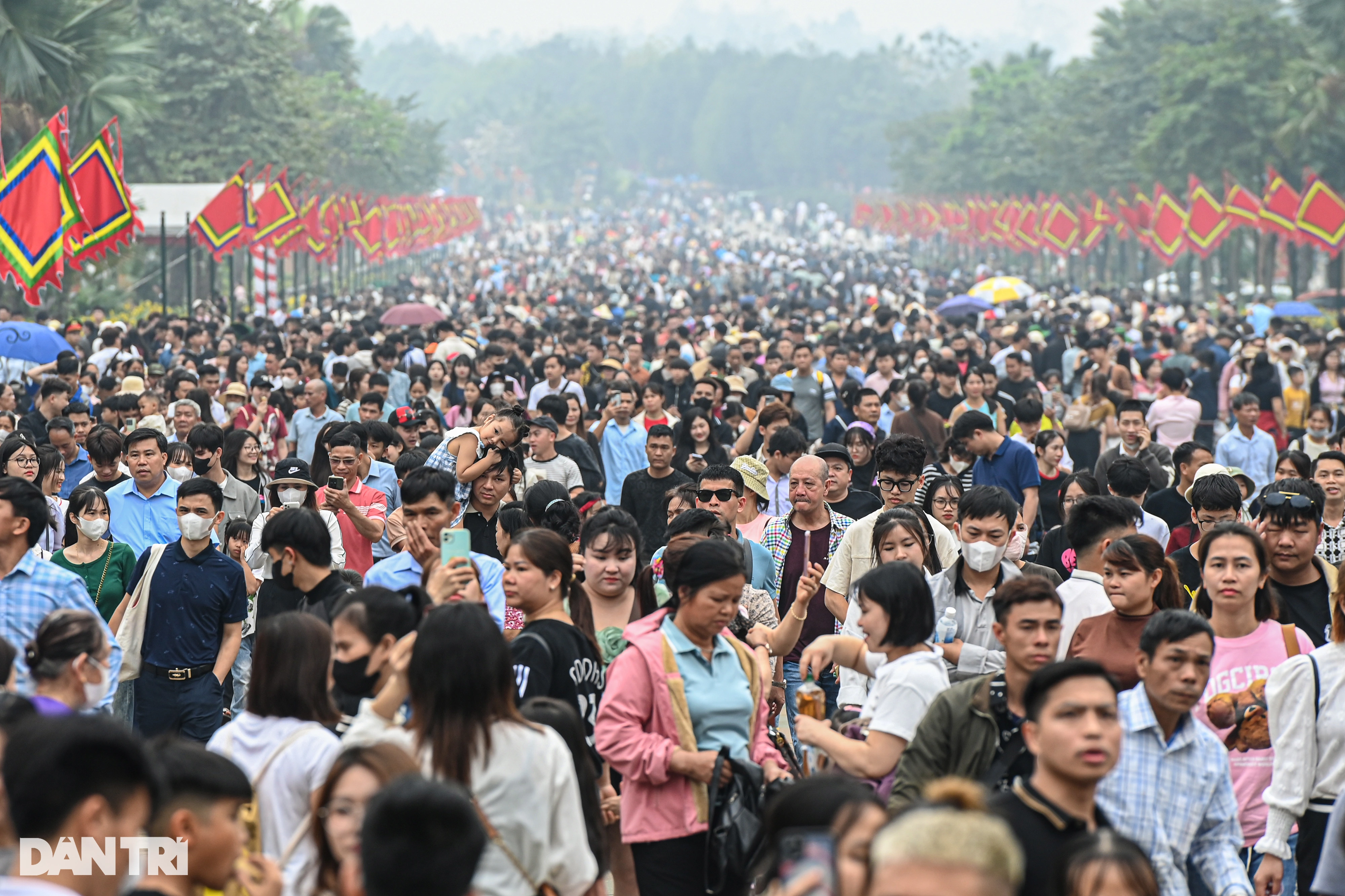
![[Photo] Prime Minister Pham Minh Chinh chairs the regular Government meeting in March](https://vstatic.vietnam.vn/vietnam/resource/IMAGE/2025/4/6/8393ea0517b54f6791237802fe46343b)
![[Photo] Solemn Hung King's Death Anniversary in France](https://vstatic.vietnam.vn/vietnam/resource/IMAGE/2025/4/6/786a6458bc274de5abe24c2ea3587979)

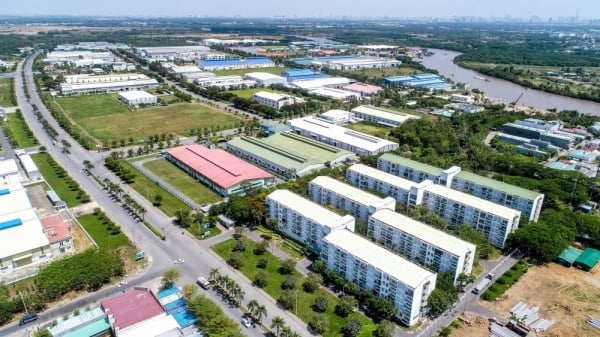
















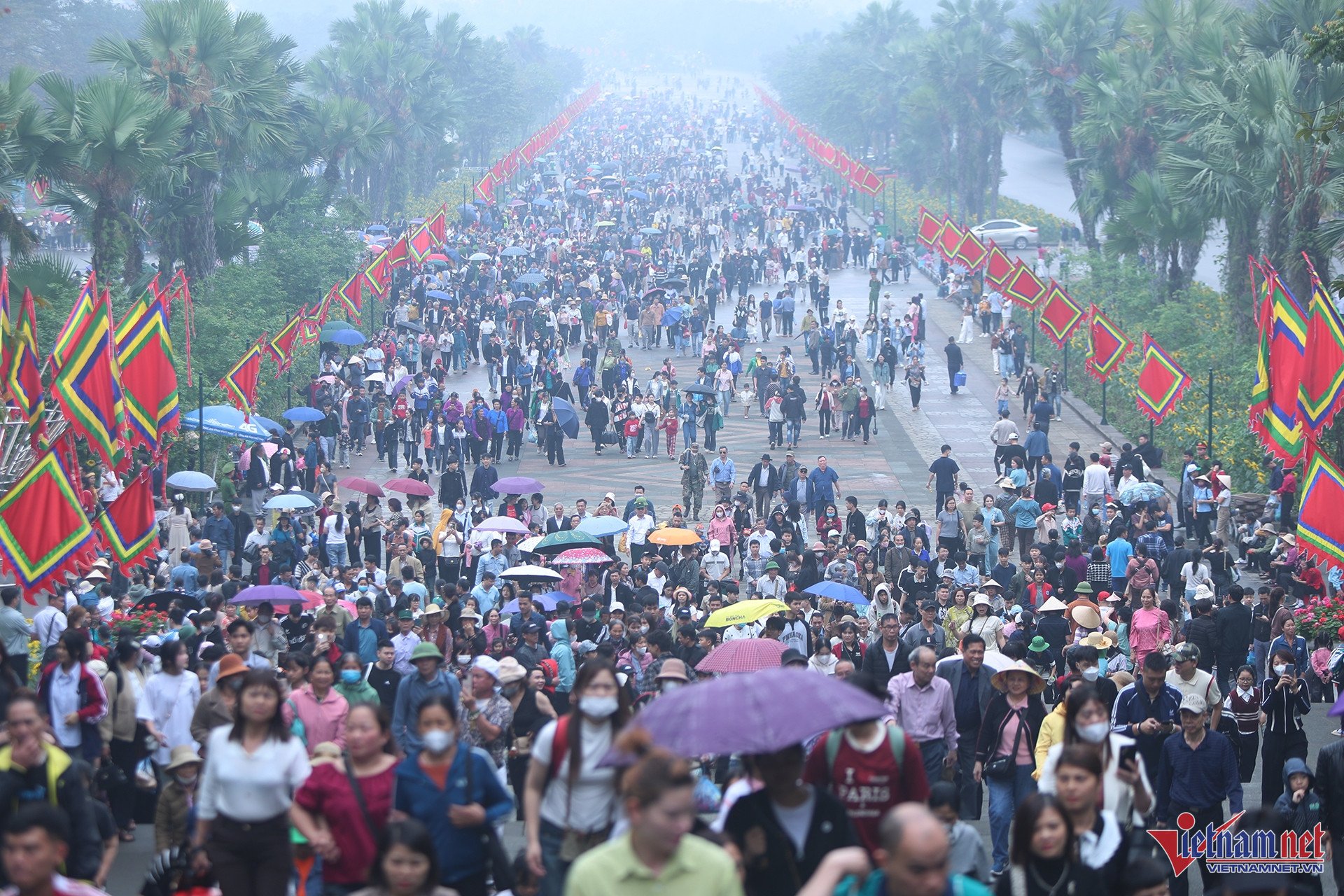










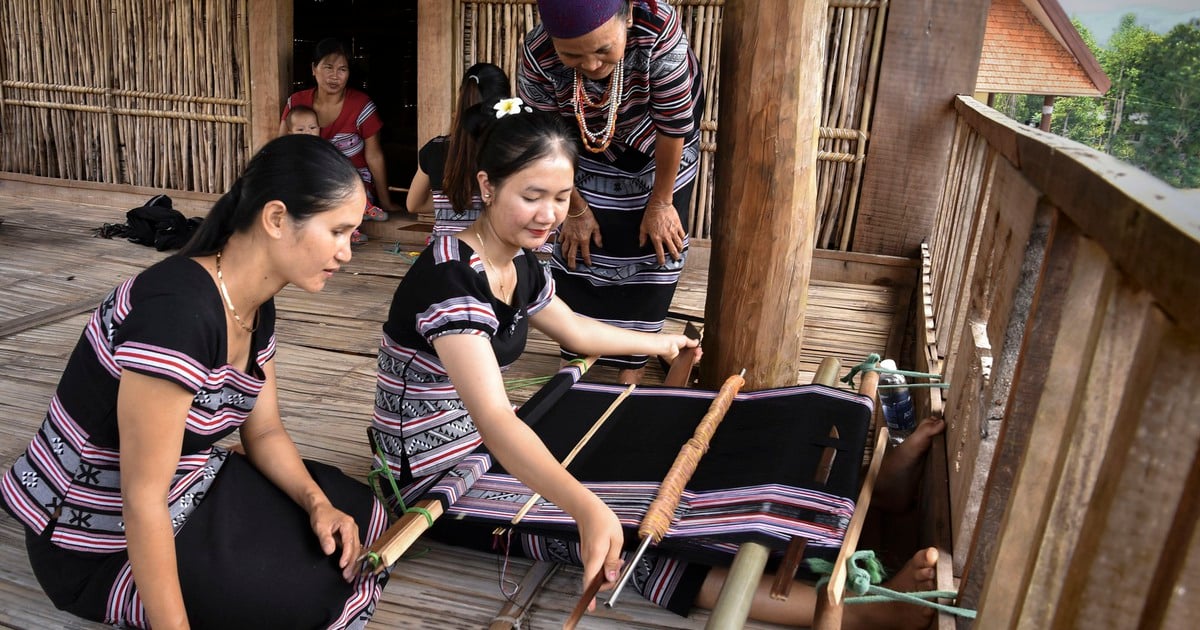


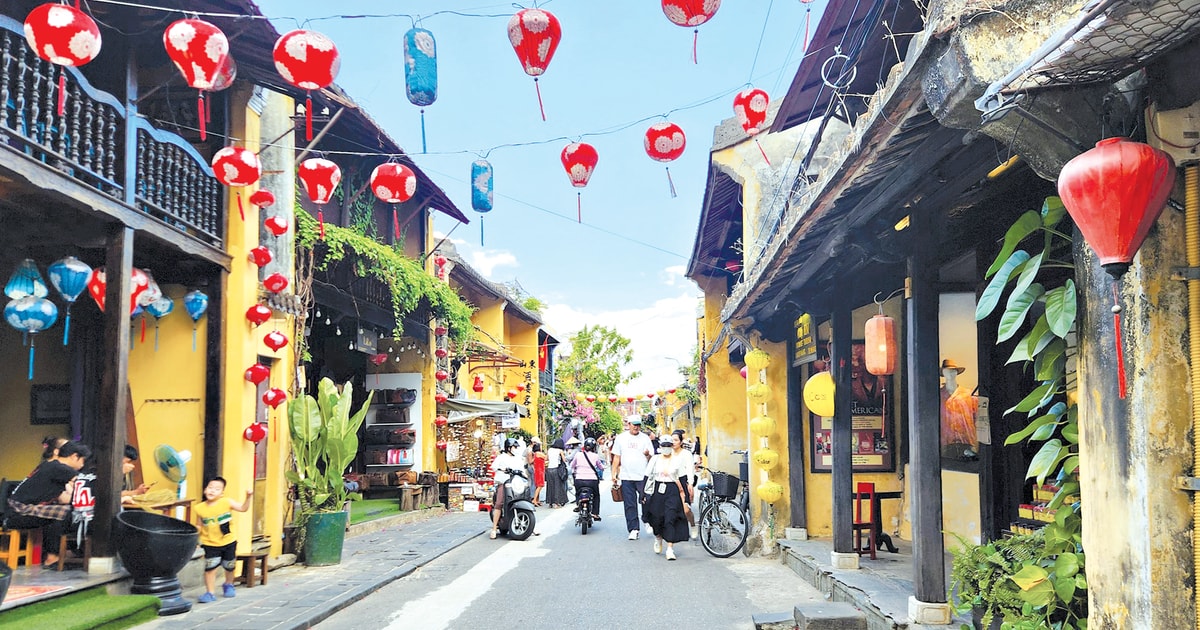

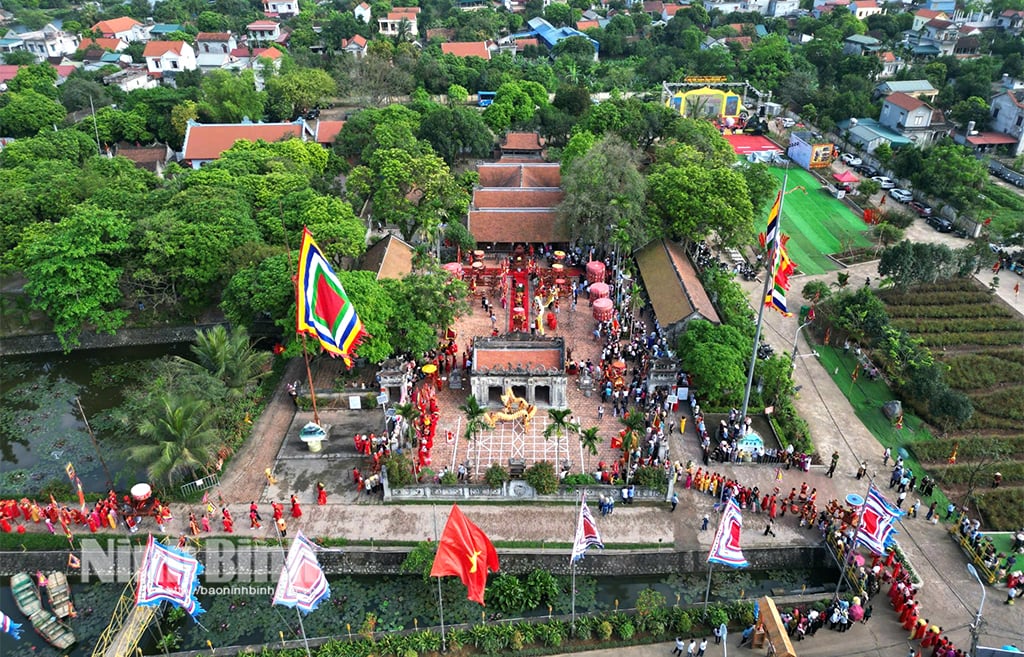










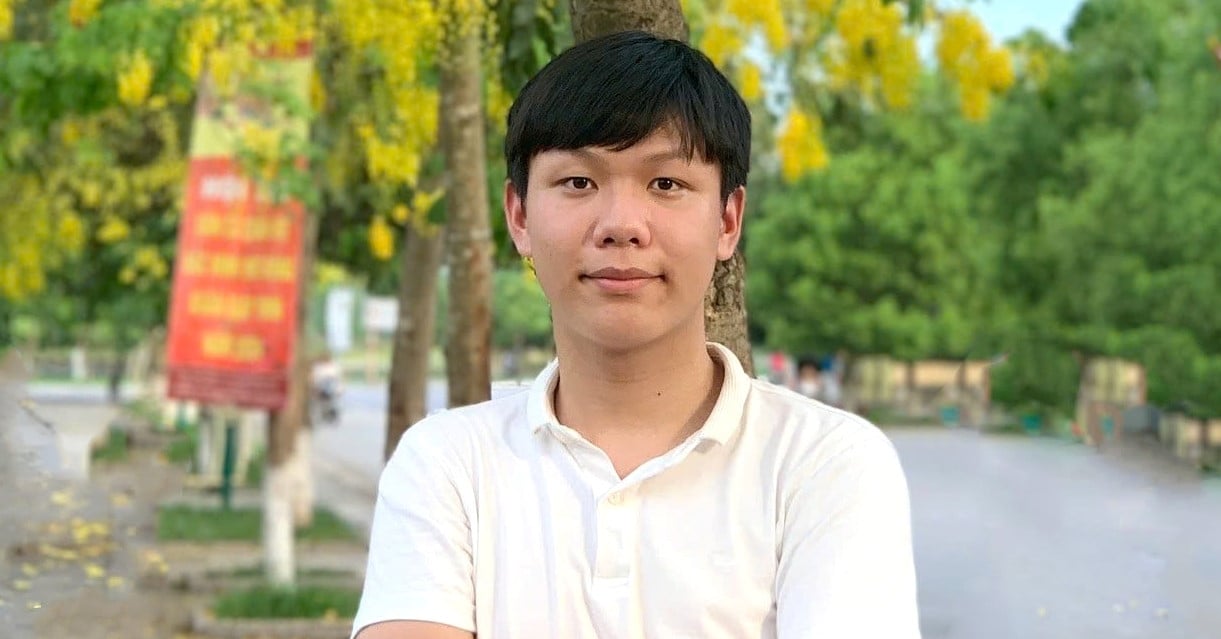




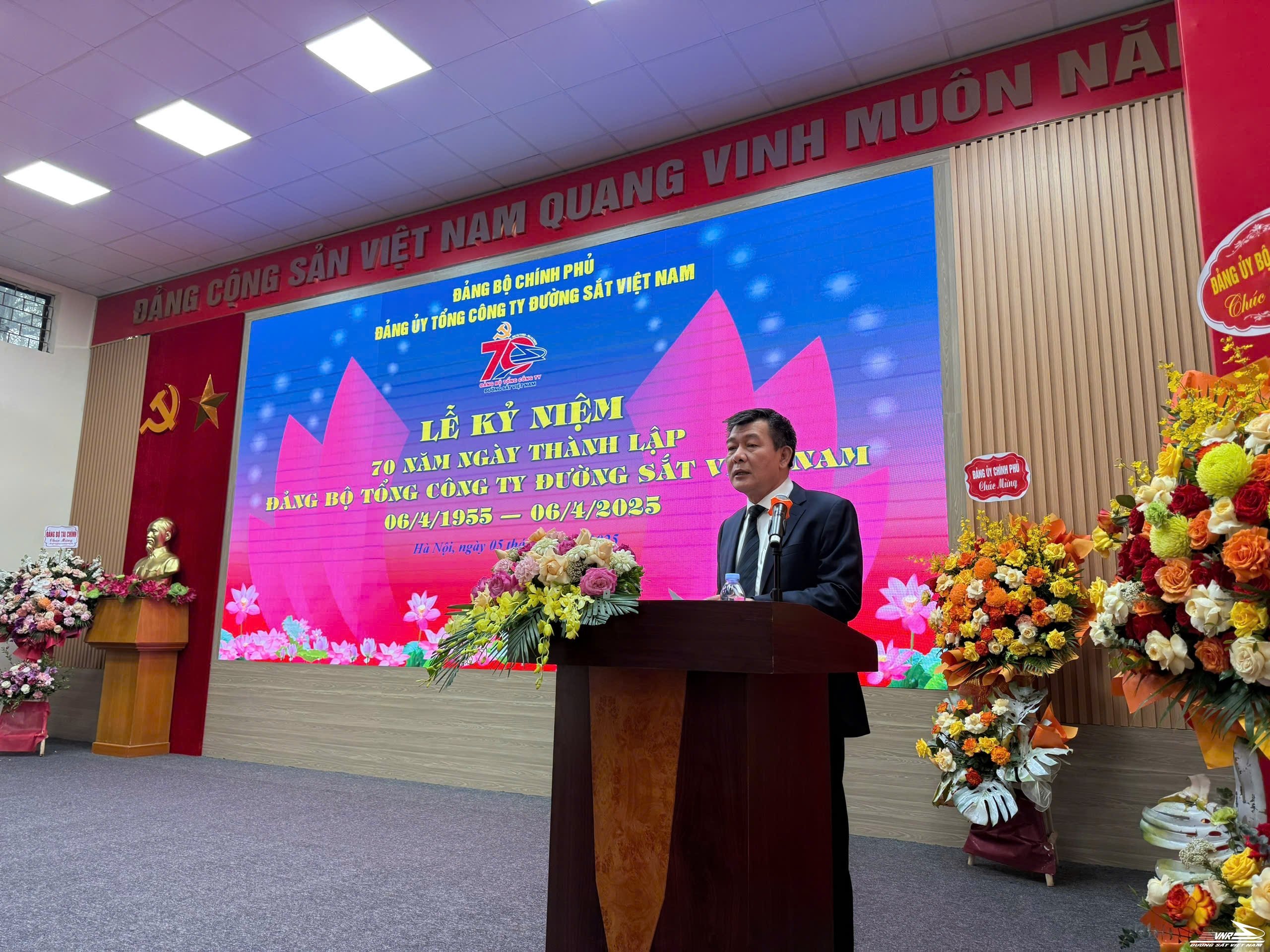
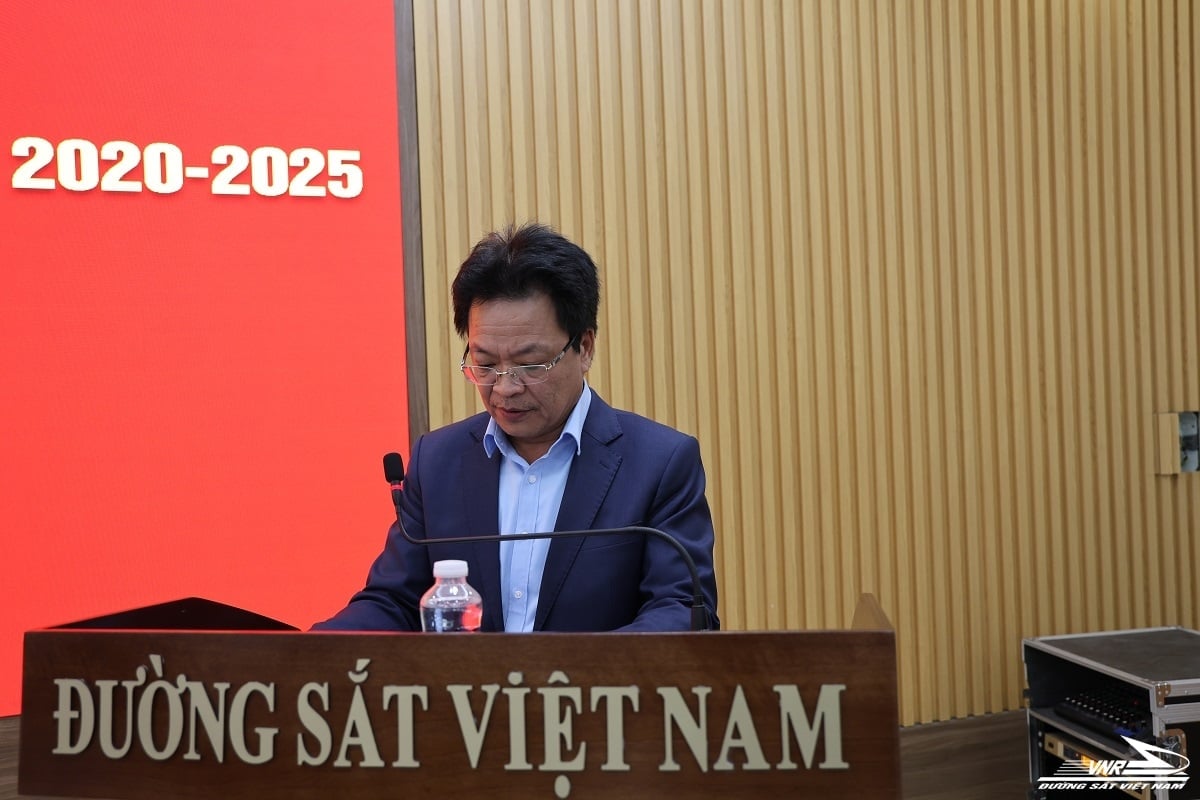
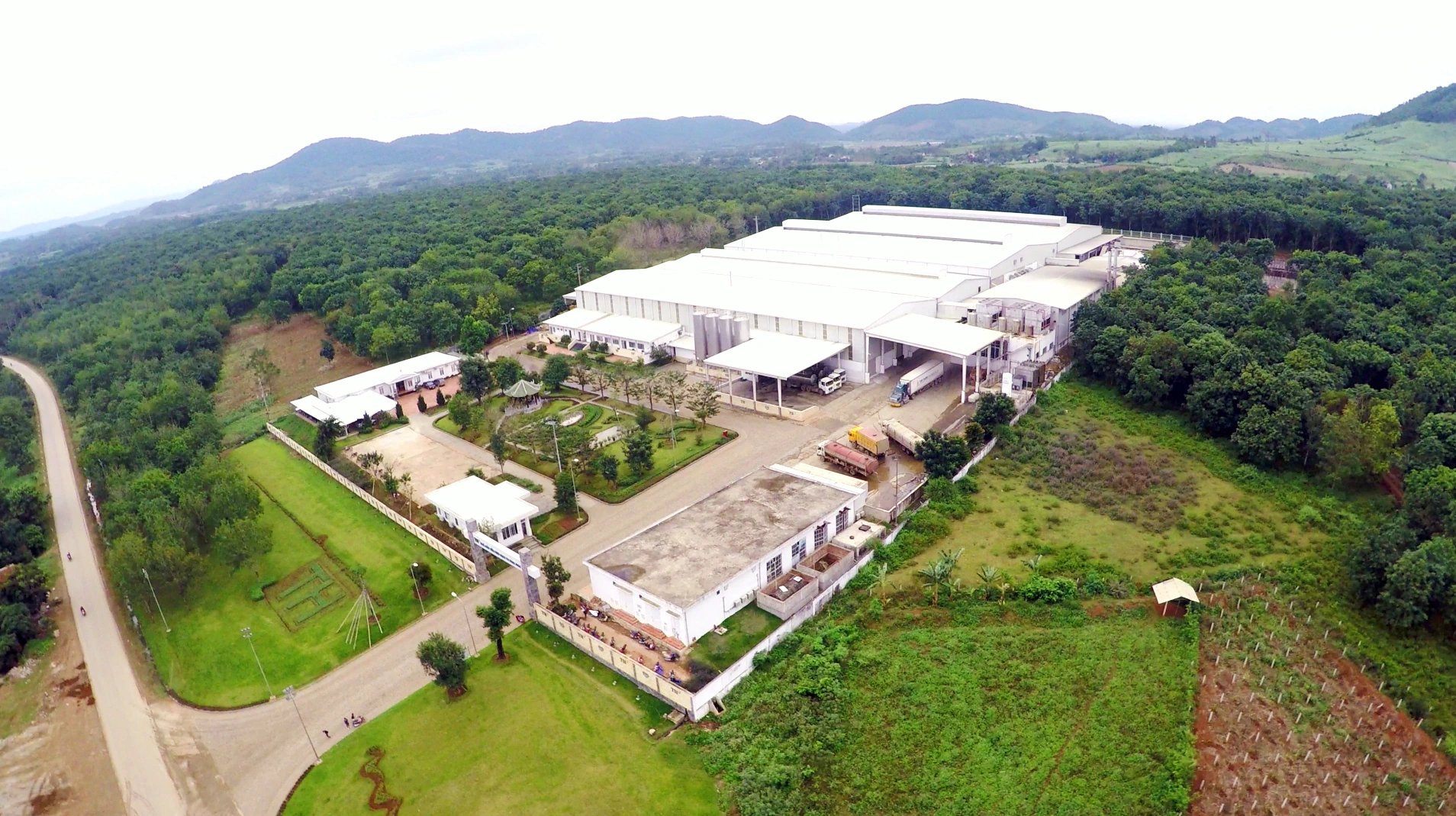






























Comment (0)